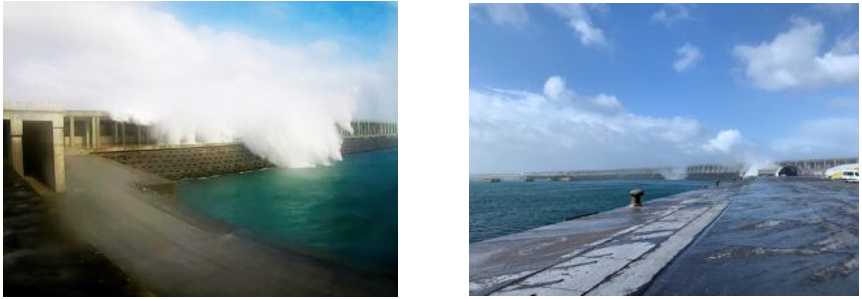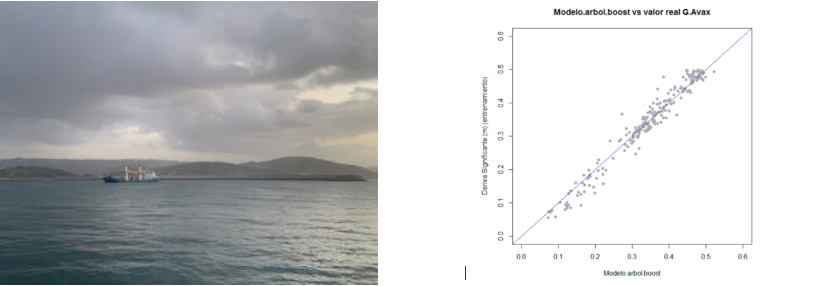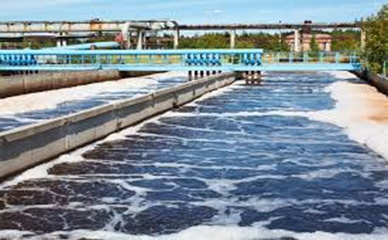
Port operations have become a key element in today’s port logistics. In the current scenario, where most of the port works are carried out, the optimization of the services provided by the port authorities has become a very important element that needs to be analyzed. This approach is carried out from the point of view of safety and efficiency.
The complexity of these studies arises from the number of variables involved in the process, as well as the relationship between them. The typology of variables is very broad and not always measurable or controllable.
For all these reasons, GEAMA is currently working on different projects that help port authorities to develop and optimize port management systems.
1- Field campaigns to measure moored ship movements and detect limit situations
2- Relationship between ship movements and operation performance with the maritime climate by applying statistical and deep learning techniques
3- Development of warning systems to define the safe or unsafe stay of ships at berth.
4- Analysis of the influence of the long wave on movements and its relationship with limit situations of stay at berth
5- Overrun warning systems to limit access to passable structures
Below are a number of projects carried out by GEAMA in this line of research.
Technical assistance for the study of data collection regarding the movement of ships in the San Diego dock. Campaign 2017-2018
In the San Diego dock, located in the Inner Port of La Coruña, loading and unloading operations of liquid and solid bulk are carried out. At present, the ships that operate in this terminal suffer operational stops and problems in the operation that are not associated with specific climatologies. For this reason, the Port Authority of La Coruña proposed this project to GEAMA in order to determine the limit situations and the climatic conditions that produce them.
The work carried out by the GEAMA consisted in the field measurement of the movements of the ships berthed in the San Diego dock under adverse weather conditions. These results were used to analyze the causes of these limit situations and to optimize the operation of the dock.

Specific analysis of overflow events in the dyke of the outer port of Punta Langosteira (A Coruña). Influence on safety and access to the future oil tanker dock.
The outer port of Punta Langosteira is subject to energy waves during the winter that cause overtaking events on the main dike. In addition, the pontoons are currently being built, attached to the main dyke, so that the company Repsol can carry out its operations there. As a result, the Port Authority of La Coruña commissioned GEAMA to carry out this study to determine the climatic conditions that would limit safe access to the main dock.
The work carried out by GEAMA consisted of field campaigns to identify overtaking events, their location along the dock, and their relationship with the incident maritime climate. The results have allowed the creation of a port management tool that delimits access to the levee according to the expected maritime climate.

Improvement of decision-making and technology transfer systems on berthed ships and overtaking for the management of port operations in the Outer Port of Punta Langosteira (A Coruña)
The Port Authority of La Coruña, in its new facilities at the Outer Port of Punta Langosteira, wants to develop a port management tool that will help in the decision making process. The aim is to predict the behaviour of the ships operating in its facilities, as well as to anticipate possible critical situations in the operation that do not allow for safety at berth or even operational stops.
The development of this tool was entrusted to GEAMA by the Port Authority. The work developed has consisted of monitoring the ships at berth, focusing on the movements and incidents that occur on ships operating in the Outer Port. The results obtained have made it possible to create limits for anchoring situations and to predict the behaviour of ships through statistical and deep learning techniques.




